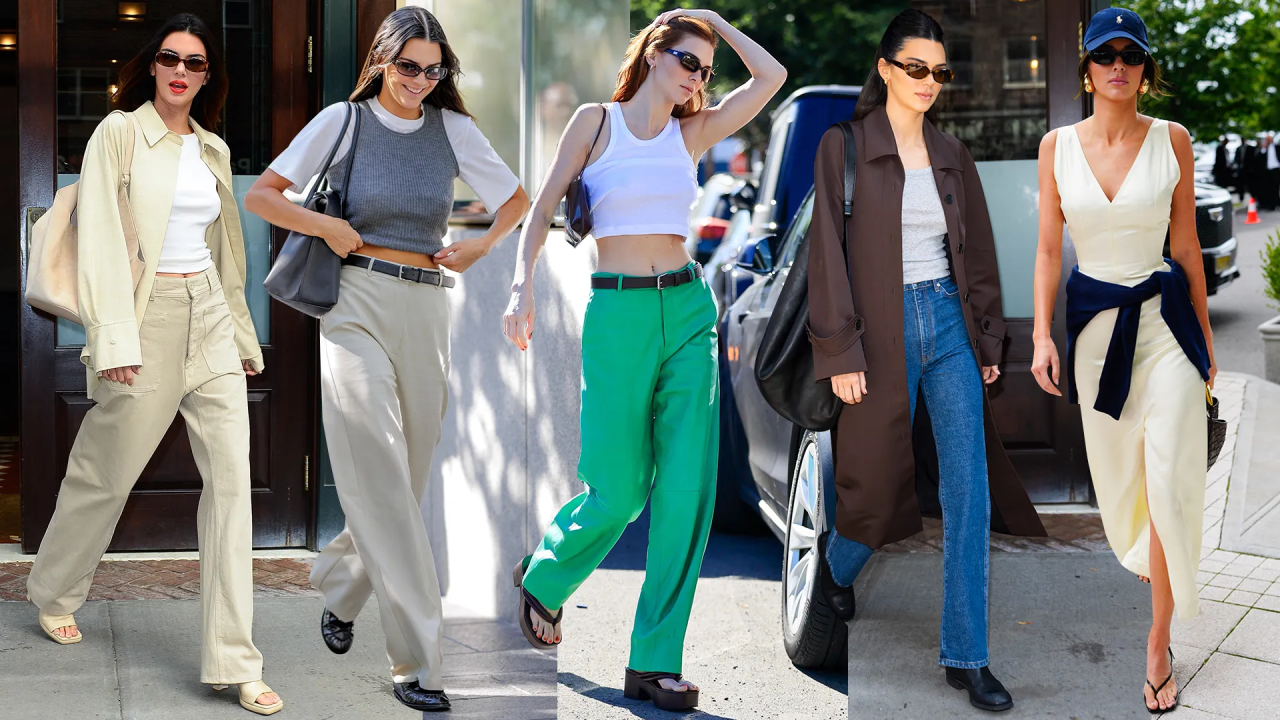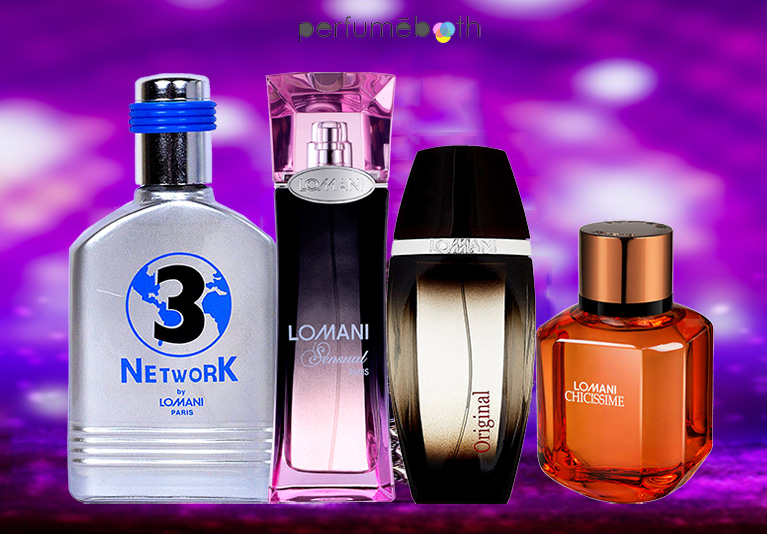Introduction
Running a fashion or beauty show can be an exhilarating yet costly endeavor. From securing the perfect venue to hiring models, stylists, and production crews, numerous factors contribute to the overall expenses. In this article, we will explore the various elements that impact the cost of organizing a fashion or beauty show and provide practical tips for cost management.
Factors Affecting Costs
The cost of running a fashion or beauty show depends on several factors, including:
Venue and Location
Choosing the right venue is crucial for the success of any fashion or beauty show. Factors such as the size, location, and amenities of the venue can significantly influence the cost. Popular venues in prime locations tend to be more expensive, whereas smaller or less prestigious venues may offer cost savings.
Production and Set Design
Creating an immersive and visually captivating experience is essential for a fashion or beauty show. Production costs encompass set design, stage construction, lighting, sound systems, and technical equipment. Elaborate productions with advanced audiovisual effects may require a higher budget compared to simpler setups.
Models and Talent
Engaging professional models, hair stylists, makeup artists, and other talent is a crucial aspect of a fashion or beauty show. The cost of hiring models depends on their experience, reputation, and popularity. Additionally, if specific talents or celebrities are involved, their appearance fees can significantly impact the overall expenses.
Hair and Makeup
Ensuring that the models’ hair and makeup are flawlessly executed is essential in a fashion or beauty show. The cost of hair and makeup services varies based on the number of models, complexity of the desired looks, and the expertise of the artists involved.
Wardrobe and Styling
Curating an impressive collection of garments and accessories is a significant part of any fashion or beauty show. Expenses associated with wardrobe and styling include sourcing or designing outfits, accessorizing, and managing alterations. Collaborations with fashion designers or borrowing garments from brands can help minimize these costs.
Lighting and Sound
Creating the right ambiance and ensuring optimal sound quality are critical for a memorable fashion or beauty show. Costs for lighting and sound equipment, technicians, and specialized effects can vary based on the complexity and scale of the production.
Marketing and Promotion
Effective marketing and promotion are essential for attracting an audience to a fashion or beauty show. Costs in this area include advertising, social media campaigns, print materials, public relations, and influencer collaborations. The extent of marketing efforts will depend on the target audience and desired reach.
Event Management
Efficient event management is vital for a seamless and successful fashion or beauty show. This includes hiring event planners, coordinators, stage managers, and other professionals responsible for overseeing the entire production process. Event management costs can vary depending on the level of expertise and the scale of the event.
Backstage Operations
The smooth operation of backstage activities is crucial for the overall flow of a fashion or beauty show. Costs associated with backstage operations include dressing rooms, backstage staff, security, and logistics. Ensuring a well-organized and efficient backstage environment contributes to the show’s success.
Cost Examples
To provide a better understanding of the potential costs involved, here are a few examples:
Small-scale fashion show at a local venue: $5,000 – $10,000
Mid-sized fashion show at a regional theater: $15,000 – $30,000
High-end fashion show at a prestigious venue: $50,000 – $100,000 or more
Keep in mind that these are approximate estimates, and the actual costs may vary based on numerous factors.
Tips for Cost Management
Managing costs effectively is crucial to ensure the financial viability of a fashion or beauty show. Here are some practical tips to help you optimize expenses:
1. Plan your budget meticulously and allocate funds to each aspect of the event.
2. Seek sponsorships and partnerships with relevant brands or organizations to offset costs.
3. Consider collaborating with emerging designers or stylists who may offer their services at lower rates.
4. Negotiate contracts and fees with vendors, models, and talent to find mutually beneficial agreements.
5. Optimize your marketing strategy by leveraging cost-effective digital channels and targeting specific demographics.
Conclusion
Organizing a fashion or beauty show involves various expenses that can quickly add up. From venue selection to production, talent, and marketing, each aspect contributes to the overall cost. However, by careful planning, strategic budgeting, and effective cost management, it is possible to create a remarkable show within a reasonable budget.





